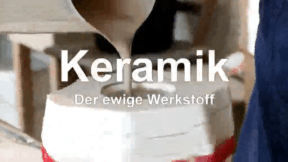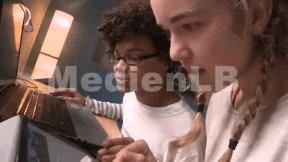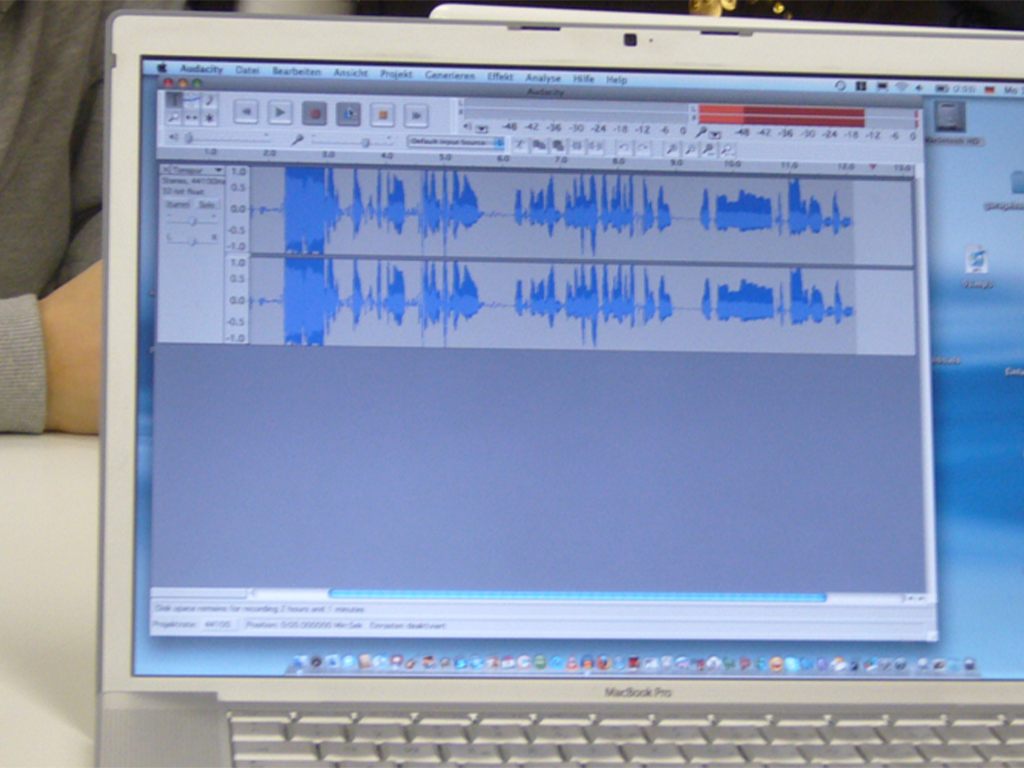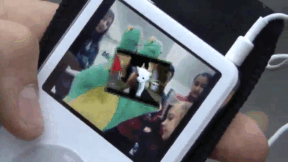 Biology
Biology
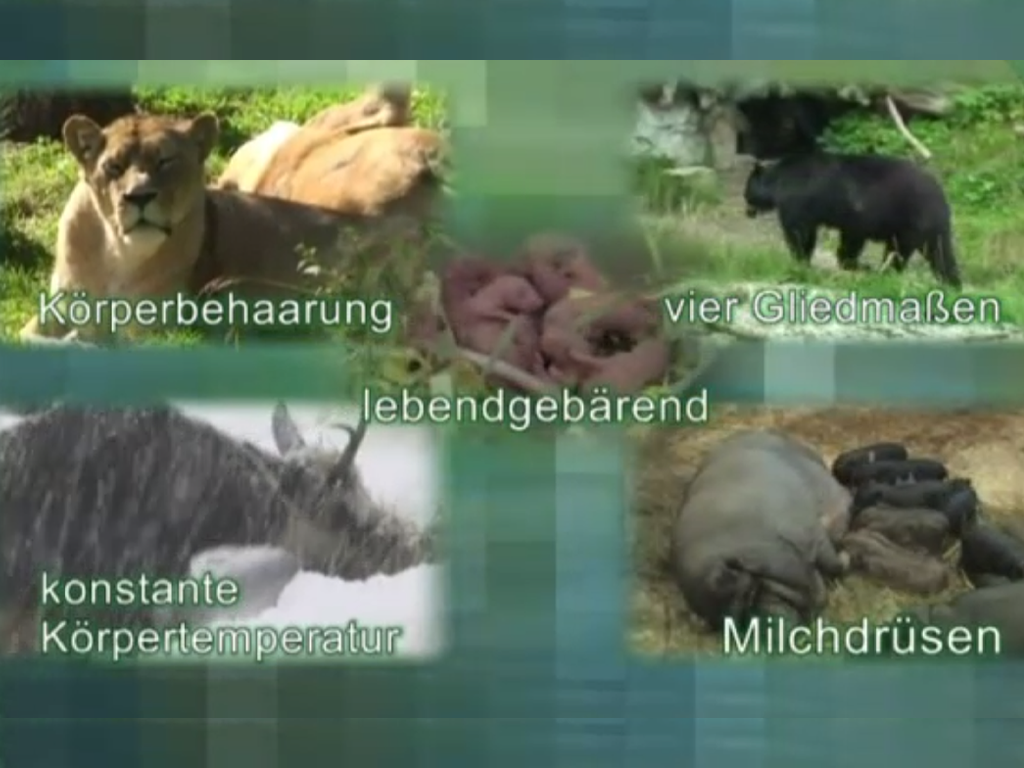
4659165 / 5552301
Mammals I
Vertebrates 5
When we talk about animals in everyday conversation, we mostly talk about mammals. Mammals live in water, on land and in the air. Countless species of the most diverse sizes and appearances populate our earth. A clear classification is not always possible because of their adaptation to their different habitats. DVD 1: Mammals 1 The first DVD begins with describing the characteristics of mammals, their reproduction and development as well as the regulation of their body temperature. The film illustrates features they have in common, but also looks into the huge differences within the class of mammals. DVD 2: Mammals 2 The second DVD first focuses on the different ways of searching for food and digesting it. Then differences in the brain and sense organs are outlined. The last part looks into the homology of mammals whose basic body structure is unvarying despite their adaptation to the most diverse habitats.
Play trailer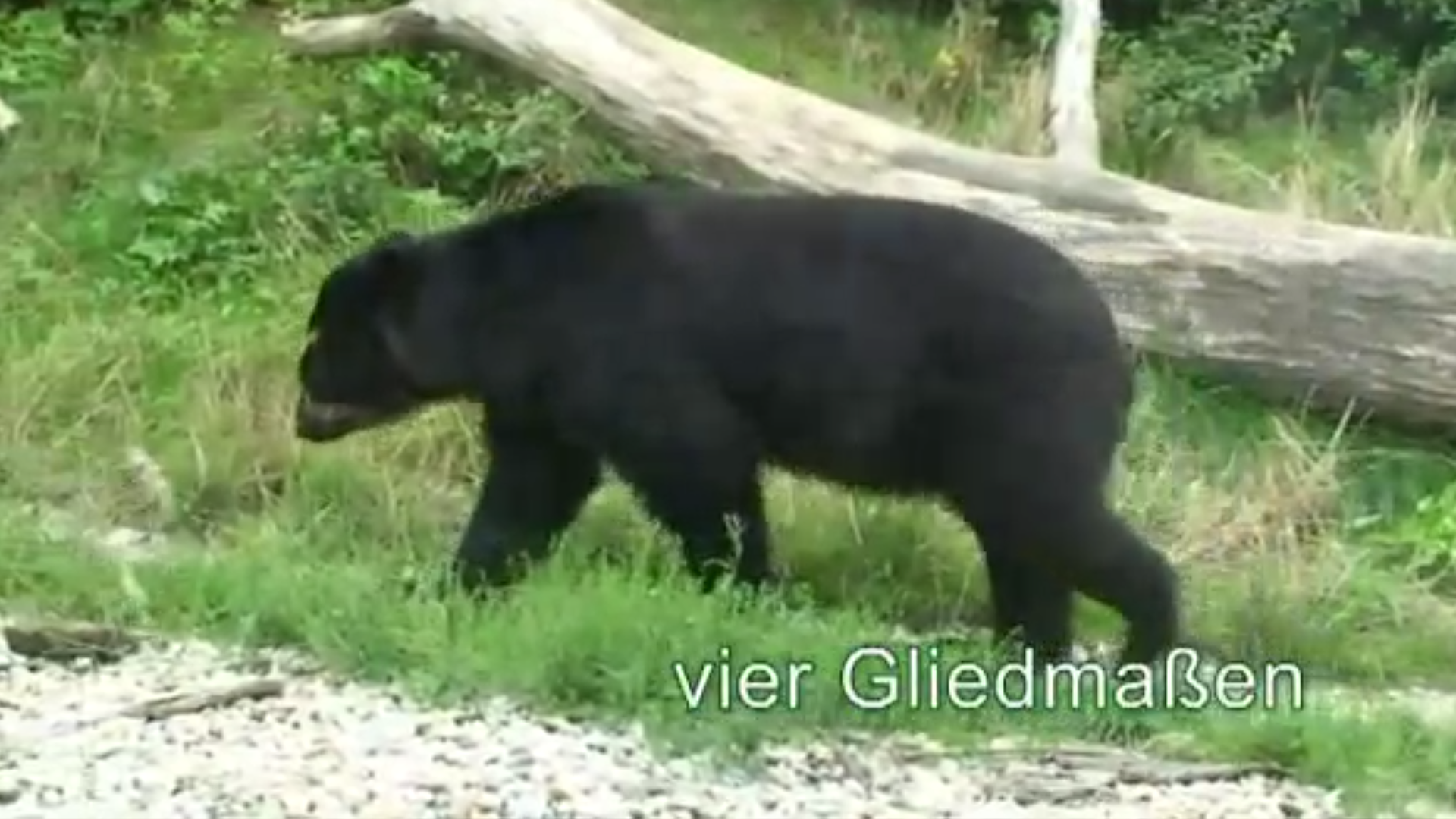
Curriculum-centred and oriented towards educational standards
Matching
Ceramic
Ceramics are indispensable in our everyday lives. We eat from ceramic plates, drink from ceramic cups, use tiled ceramic bathrooms. But how is ceramic manufactured? The film reveals the secrets of this fascinating material! We get to know more about the beginnings of ceramic in the Old World of Egypt and Mesopotamia, about Greece, China and Rome. We gain interesting insights into the valuable earthenware and are also shown the exquisite further development of the "white gold". Today this versatile material is irreplaceable in industry, too. Whether in space or as an easily compatible substitute in medicine, ceramic is applied in many places.
Podcasting
Today, the use of new media has become a matter of course not only in everyday life – schools and teaching, too, benefit from the new technologies and methods, which support active and independent learning. Especially in computer science, ethics and language courses but also in all other subjects, modern media are a valuable pedagogic and didactic asset. This DVD uses the example of podcasts to demonstrate how the possibilities opened up by new media can be applied in the classroom and how the pupils can be taught to handle them in a competent and target-oriented manner. The film is aimed at supporting the use of podcasts at school and encourages making them. This also requires the ability to find information on the Internet and assess it. The film informs on the functionality of podcasts and technical background as well as on the teaching and learning possibilities offered by podcasts – ranging from specific contents to superordinate learning targets such as the advancement of creativity and team spirit. The DVD is a useful support for teachers applying new media and wishing to show their pupils how to handle Running Time: 20:29 ms them in a sensible way.





